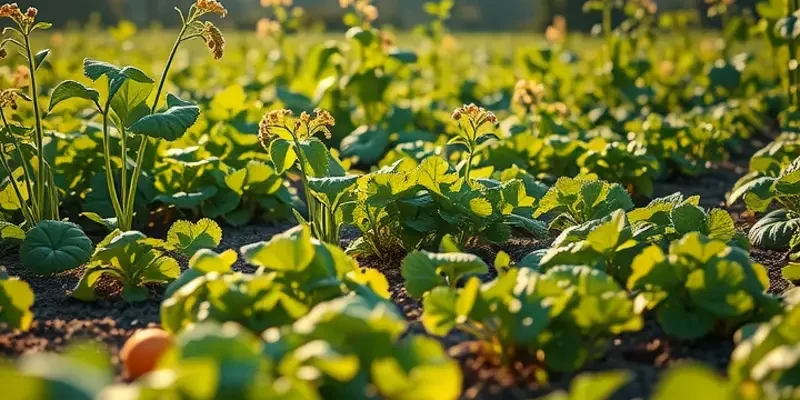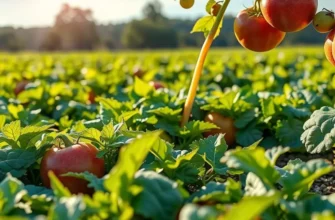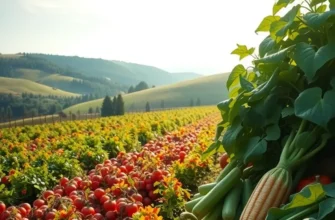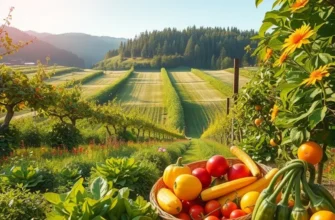Embracing sustainability in your kitchen doesn’t have to be complicated. By creatively using vegetable scraps, you can save money, reduce waste, and enhance your meals. This guide presents actionable tips for organizing and maximizing the longevity of your food while transforming what most consider waste into valuable ingredients. There’s plenty of life left in those peels, stems, and roots; let’s unlock their potential!
Turning Scraps into Flavor: Broths and Stocks
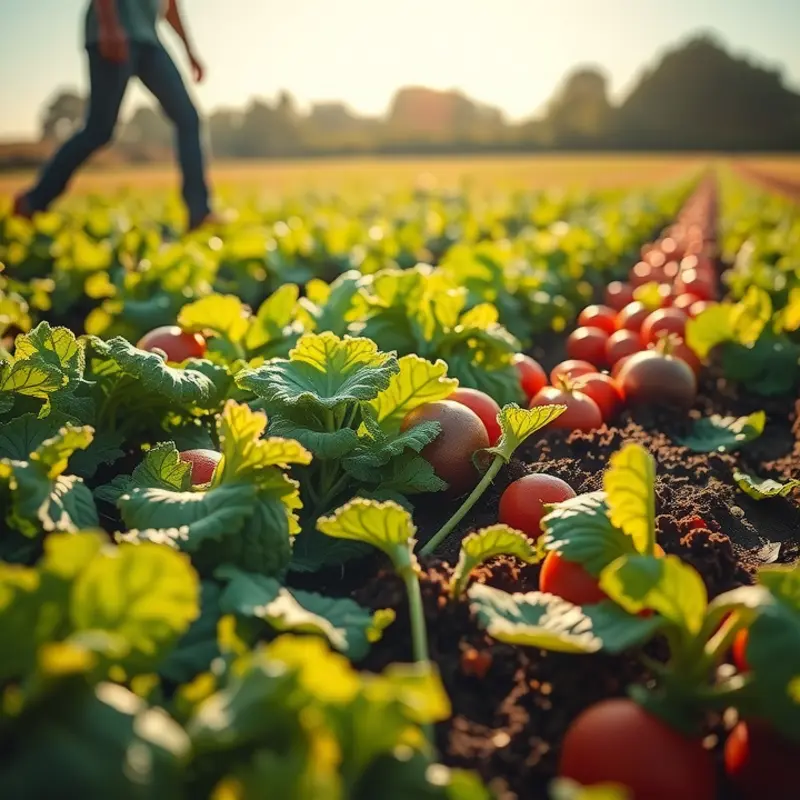
Vegetable scraps are often regarded as the inevitable waste produced during meal preparation. However, they can be the secret ingredient to creating rich, delicious broths and stocks. Embracing this practice not only enhances the flavor of your dishes but also contributes to a more sustainable kitchen.
To start, begin collecting scraps in a container stored in your freezer. Choose a large, resealable bag to accommodate the varying sizes and shapes of vegetable odds and ends. Each time you chop vegetables, toss the leftovers—such as onion skins, carrot ends, or celery leaves—into the bag. Over time, you’ll have a diverse mix perfect for a broth base.
When it comes to making stock, not all vegetable scraps are equal. Some contribute better to the aroma and taste. Onion skins and ends add both color and a savory depth. Carrot tops and peels inject a subtle sweetness, and celery leaves impart a robust aroma. Avoid cruciferous vegetables like broccoli or cabbage, as they can result in a bitter stock. Garlic skins, herb stems (such as parsley or thyme), and mushroom stems can also enhance the flavor profile.
To make your homemade vegetable stock, once your collection is substantial, follow these straightforward steps:
-
Gather Your Tools: You’ll need a large pot, a strainer, and a utensil for stirring. The pot should be large enough to accommodate the scraps and water.
-
Prepare Your Ingredients: Once your vegetable collection is around two to three cups, it’s time to get started. Rinse the scraps briefly to eliminate any dirt or debris.
-
Simmer Your Stock: Fill your pot with water, add the vegetable scraps, and bring to a boil. Once boiling, reduce to a simmer, allowing the flavors to meld over 45 minutes to an hour.
-
Strain and Store: Remove the pot from the heat. Use a strainer to separate the liquid from the solids, pressing gently to extract as much liquid as possible. Pour the broth into containers and store in the fridge for up to a week, or freeze for longer-term use.
-
Seasoning Choices: While the stock is simmering, consider adding a bay leaf, peppercorns, or a few sprigs of fresh herbs for added depth. Taste and adjust seasoning to suit your preference.
For more cooking tricks and techniques, you can explore suggestions to enhance seasoning without relying heavily on salt with these flavor boosters, bringing your homemade creations to life without excess sodium.
By turning vegetable scraps into savory stocks, you craft a useful culinary base that enriches soups, stews, and sauces. This practice not only reduces food waste but also inculcates a habit that celebrates resourcefulness and flavor in the kitchen.
From Scrap to Sprout: Regrowing Vegetables
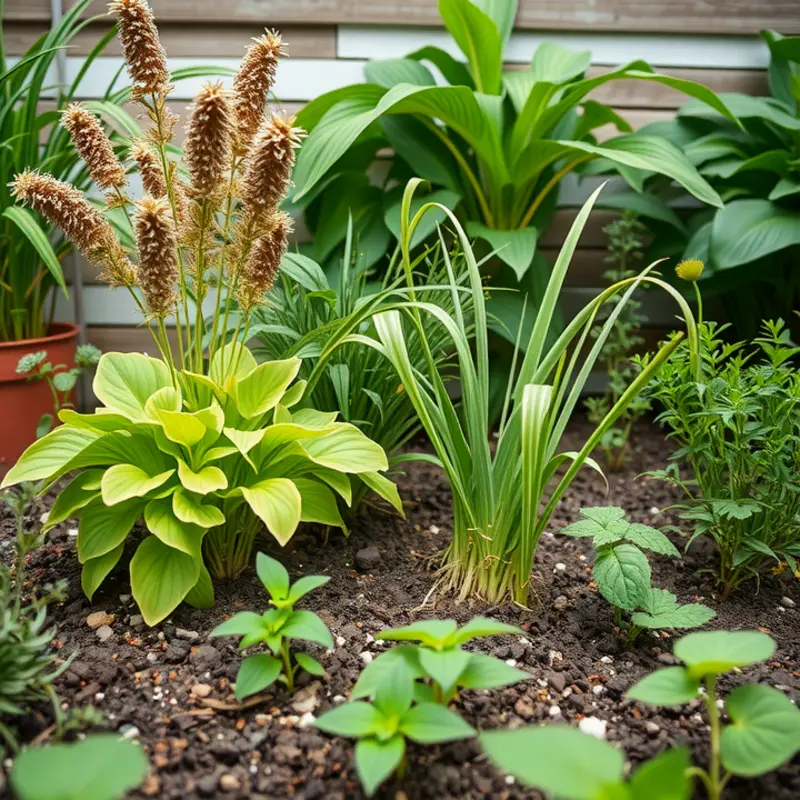
Transforming vegetable scraps into thriving plants is more than a practical habit; it’s a delightful way to reduce kitchen waste. By regrowing vegetables like green onions, lettuce, and herbs, you can enjoy endless harvests without constant trips to the store.
Green Onions are the quintessential beginner’s choice. To regrow them, leave about an inch of the white root base intact and place it in a glass with enough water to cover the roots. Position the glass on a sunny windowsill, and you’ll notice new shoots within days. Change the water every few days to prevent bacterial growth, which supports healthy sprouts.
For lettuce, use a similar method. Cut the lettuce leaf, keeping about two inches at the base. Place the base in a shallow dish with half an inch of water. Within two weeks, you’ll see new growth from the center. Transferring the regrown base to soil once roots develop will promote further growth and ensure a longer life for your plant.
Herbs like basil or cilantro can flourish when regrown from clippings. Ensure the cuttings are around four inches long and remove leaves from the lower two inches. Place them in a glass of water near a window with indirect sunlight. Roots should start to appear after a week; once robust, transplant them to a small pot filled with soil.
To maintain optimal conditions for your indoor garden, light and temperature are crucial. South-facing windows offer the perfect light balance for most regrowing plants, while a temperature of 65-75°F will keep them thriving. Ensure good air circulation and avoid crowding plants too closely together.
Effective storage solutions also play a vital role in nurturing these growing veggies. Upcycled jars, small pots, and repurposed containers are eco-smart choices for holding your regrowing projects, offering sustainability and making use of items that may otherwise be discarded. Learn more about maximizing storage efficiency and sustainability by exploring eco-smart kitchen storage options.
Keep an eye on the water levels and cleanliness, especially for hydroponic methods involving glasses of water. Consider swapping water every few days and checking for algae buildup, which can inhibit growth.
Tending to your mini-garden of regrown produce can become a fulfilling ritual that not only saves money but also revitalizes your kitchen with vibrant, fresh flavors. As your indoor sprouts grow, explore creative cooking techniques to make the most of your home-grown bounty while minimizing waste generation. By incorporating these practices, your kitchen can become a model of sustainability, paving the way for a deliciously waste-free lifestyle.
Final words
Utilizing vegetable scraps is a practical approach to embrace sustainability and enhance your culinary creations. By crafting broths and stocks or regrowing vegetables, you’re not only reducing waste but also enhancing your meals with depth and freshness. This creative mindset transforms how you perceive food—instead of discarding scraps, you can celebrate them as valuable resources. Implement these tips into your kitchen routine, and watch not just your meals but also your respect for food flourish. Every scrap counts!

